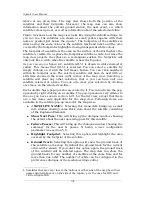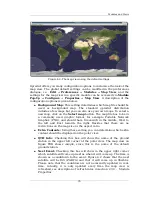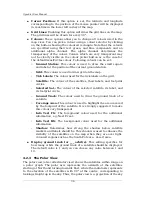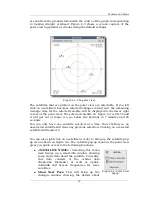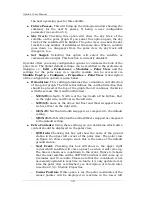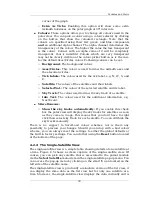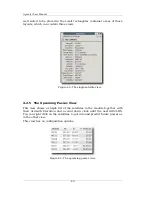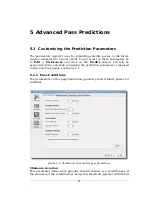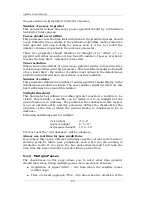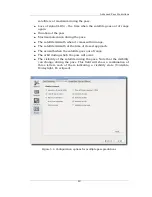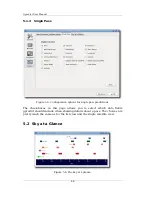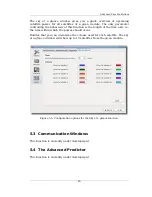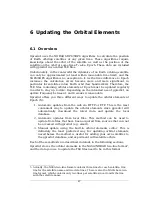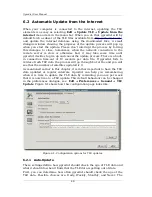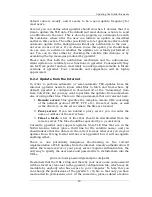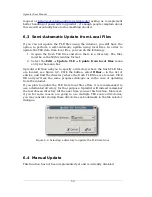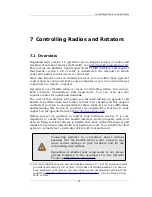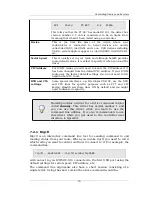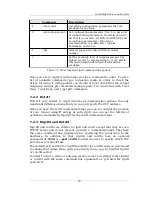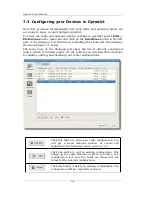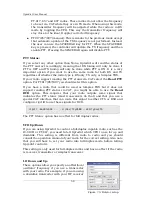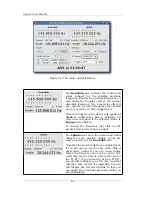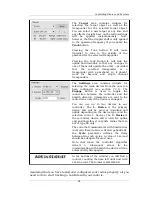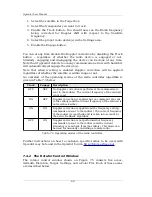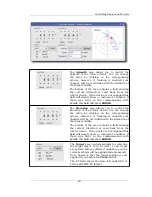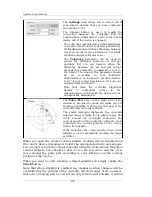
Updating the Orbital Elements
default value is weekly, and it seems to be a good update frequency for
most users.
Second, you can define what gpredict should do when it decides that it is
time to update the TLE data. The default and most obvious action is to send
a notification to the user. This is done by popping up a dialogue box with
the reminder, where after the user can initiate an update as described
earlier in this section. The other possibility is to let gpredict perform a fully
automatic update in the background without any notification to the user –
not even in case of error. If you choose to use this option, you should keep
an eye once in a while on whether the updates are actually performed or
not. You can do that either by checking the satellite info dialogue or by
examining the log messages produced by gpredict.
Please note that both the notification mechanism and the autonomous,
silent update are relatively new functions in gpredict. Consequently they
are far from perfect and are most likely to undergo improvements in future
versions of gpredict. Your comments and suggestions will be highly
appreciated.
6.2.2 Update from the Internet
In order to perform automatic or semi-automatic TLE-updates from the
internet, gpredict needs to know what files to fetch and from where. By
default, gpredict is configured to download all of the “interesting” data
from CelesTrak, but you may want to perform the updates from somewhere
else or using other files. There are three parameters that are relevant here:
1.
Remote server:
This specifies the complete remote URL consisting
of the network protocol (HTTP, FTP, etc.), the server name, as well
as the directory on the server where the files are located.
2.
Proxy server:
If you are behind a proxy server, you can enter the
name or address of the server here.
3.
Files to fetch:
A list of files that should be downloaded from the
remote server. The files should be separated by a
;
(semicolon).
Currently, gpredict only supports updates from TLE files that are in the
NASA two-line format (plus a third line for the satellite name), and you
should ensure that the data is in the correct format, wherever you do your
updates from. Wrong format will not crash gpredict but it will not update
anything either.
There is one potentially dangerous shortcoming in the current
implementation of TLE updates from the internet, namely authentication. If
either the remote server or your proxy server requires authentication, the
only way to specify the user name and password is to include them into the
URLs:
protocol://user:[email protected]/path/
Be warned that the URL string and thereby your user name and password
will be stored as clear text in the gpredict configuration file, which may be
readable by anybody who has access to your computer. To help this you
can change the permissions of the
gpredict.cfg
file so that only you have
read and write permissions on it. At the same time, please submit a feature
49

